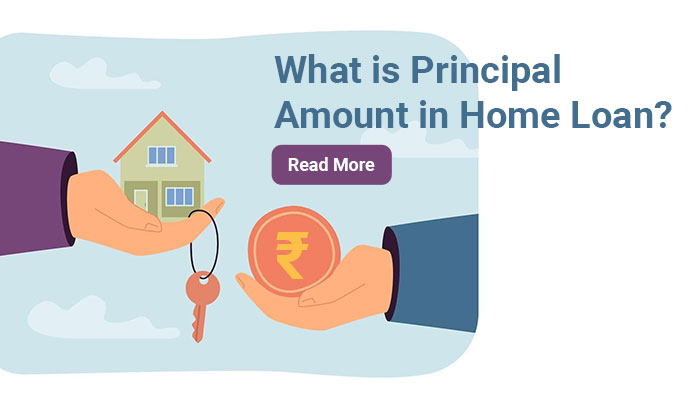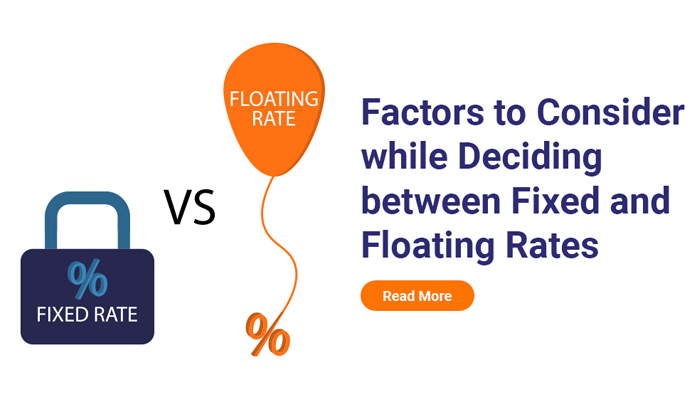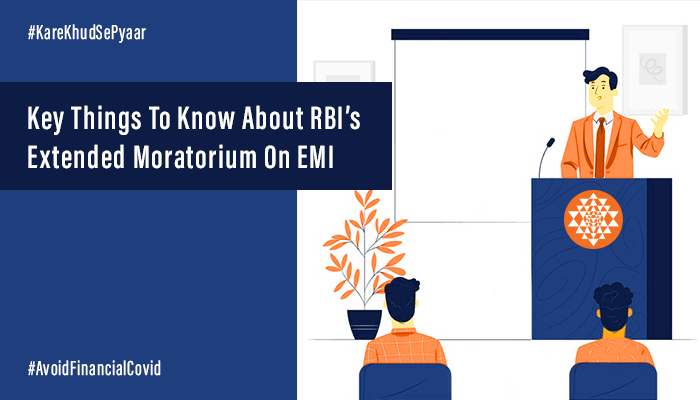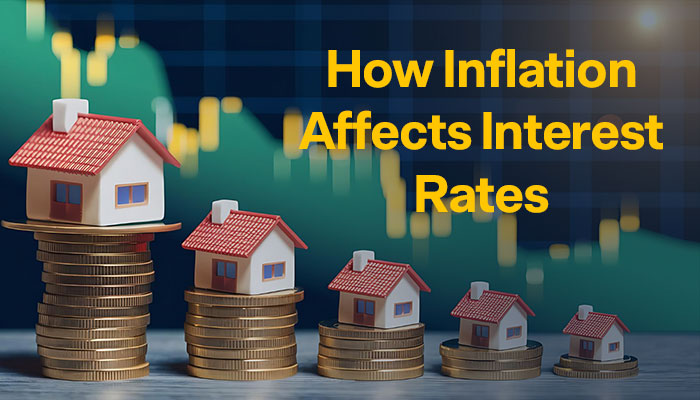Pre-EMI vs Full EMI: Understanding the Key Differences

Mr. Ravi wants to apply for a home loan but he is in a serious dilemma about its repayment option. EMI Pre-EMI MI What is better Like Ravi, many of you are in dilemma what is better EMI or Pre EMI Let have a glance on the aspects related to these repayment options and then you can decide for yourself how you will repay your home loans.
What is a full EMI
EMI stands for equated monthly installment. The borrower pays fixed installment to a lender on monthly basis. EMI =Principal + Interest on Principal Amount. The good thing is that it can be repaid before the end of your home loan tenure.
What is Pre EMI scheme
Pre EMI means you have to pay the interest amount only on the disbursed home loan amount. Once you receive the keys to your dream home, your full EMI begins for a home loan.
In a case of under construction property, the banks and financial institutions disburse home loans in tranches. Generally, the lender disburses the home loan in 3-6 tranches and their disbursal relies on the basis of completion of the project.
Pre EMI Scheme is devised in such a manner where the applicant has to bear the stress of EMI on the interest component of the sanctioned home loan amount. Once, the borrower takes possession of the property, his actual repayments start on.
How are these calculated
Mr. Anil availed home loan with Pre EMI scheme. For 1 year, when his home was under construction, he paid the interest portion on the disbursed home loan amount only. Firstly, he has sanctioned Rs 10 lac on 1st Jan, Secondly, he has sanctioned another Rs 10 lac on 1st July. The next two tranches of Rs 10 lac each was disbursed on 1st October and then 31st December.
His Pre EMI was 8750 x 6 + 17500 x 3 + 26250 x 3 = 2, 36,250. When he took the keys of his dream home and paid all the Pre EMIs, his actual EMI started for a home loan.
For next 25 years, he paid the EMI on entire principal and interest component. The math equation shows he was in debt for 26 years. How extra 1 year can be justified, we will discuss this later on our blog.
What is better
Both EMI and Pre EMI have its own advantages and disadvantages. Take decision after reading out the suitable situations
Pre-EMI is suitable in the following situations
1 Let say, you are staying in a luxury rented apartment and want to live there continuously. Simultaneously, your cash inflow is less in initial years, and then Pre EMI will be a good option.
2 The property is under construction and you are in need of money, so don pay the hefty EMI initially
3 When you want to sell the property instantly after taking the possession of the same.
4 When you want some reserve fund for meeting emergency situations
EMI is beneficial in following circumstances
1 In case you want to enjoy the tax benefits on property
2 If you are buying property for long term investment
3 If you want your property to be the debt free as early as possible
Conclusion EMI and pre-EMI are financial decisions which rely on builder reputation, existing market conditions, and resale value of your project, your income & expenditure.
Tags
Disclaimer: The information contained in this post is for general information purposes only. IIFL Home Finance Limited (including its associates and affiliates) ("the Company") assumes no liability or responsibility for any errors or omissions in the contents of this post and under no circumstances shall the Company be liable for any damage, loss, injury or disappointment, etc. suffered by any reader. All information in this post is provided "as is", with no guarantee of completeness, accuracy, timeliness, or of the results, etc. obtained from the use of this information, and without warranty of any kind, express or implied, including, but not limited to warranties of performance, merchantability, and fitness for a particular purpose. Given the changing nature of laws, rules, and regulations, there may be delays, omissions, or inaccuracies in the information contained in this post. The information on this post is provided with the understanding that the Company is not herein engaged in rendering legal, accounting, tax, or other professional advice and services. As such, it should not be used as a substitute for consultation with professional accounting, tax, legal or other competent advisers. This post may contain views and opinions which are those of the authors and do not necessarily reflect the official policy or position of any other agency or organization. This post may also contain links to external websites that are not provided or maintained by or in any way affiliated with the Company and the Company does not guarantee the accuracy, relevance, timeliness, or completeness of any information on these external websites. Any/ all (Home/ Loan Against Property/ Secured Business Loan/ Balance Transfer/ Home Improvement Loan/ NRI Home Loan/ Home Loan for Uniformed Services) loan product specifications and information that may be stated in this post are subject to change from time to time, readers are advised to reach out to the Company for current specifications of the said (Home/ Loan Against Property/ Secured Business Loan/ Balance Transfer/ Home Improvement Loan/ NRI Home Loan/ Home Loan for Uniformed Services) loan.
 Login
Login


















